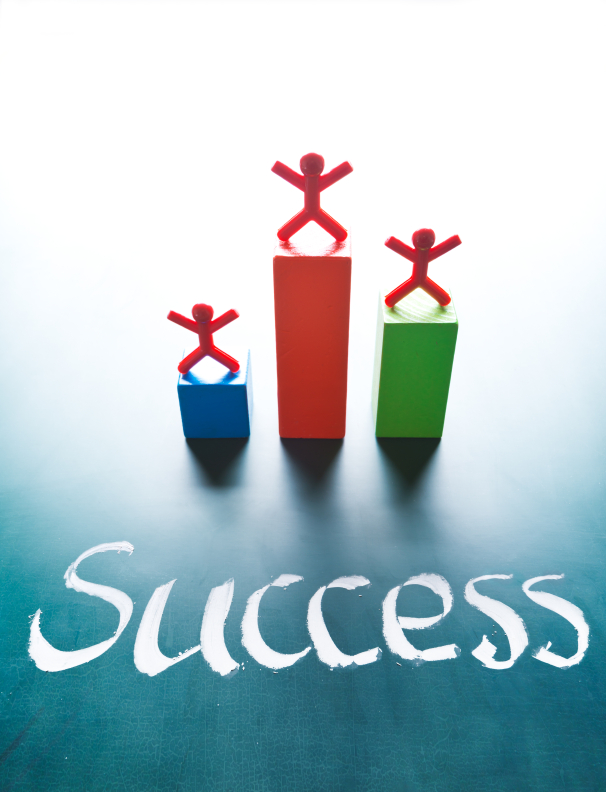Delivering a proposal and interview that resonates with the selection panel requires that you have the experience they are looking for, you know your client well, you understand their hot button issues and that your team offers the best solutions to the project challenges. Accomplishing this requires a strategic approach that starts long before the pre-proposal meeting. Here are some ways you can optimize your information gathering efforts and give your team the best chance of winning the job.
If you are currently working on a project with this client, here are some things you can do to position yourself to get the next project:
- Start early. Have a detailed plan of action and record all related activity and information gathered.
- Do a an excellent job on the current project.
- Make sure that expectations and communication are clear and that every effort is made to resolve issues in a respectful and timely manner.
- Seek regular, honest client feedback. This may require having someone outside the project team request and gather information. Ask them: What are we doing well? Where could we improve? (Then make the improvements) What do they think of each of your project team members? Ask them to rate how well you communicate, how well you resolve issues and how you compare with others they have worked with in the past. What you do differently from competitors that they appreciate? (This will provide you with valuable differentiating keys) Is there anything that might prohibit them from selecting you on this next project? What would give them a higher likelihood of selecting you again?
If you are not currently working with this client, but have in the past, here are some things you can do:
- Start early. Have a detailed plan of action and record all related activity and information gathered.
- Get a good debrief on your last interview. My books contain useful information to help you get the most out of these debriefs. Both eBooks are available at www.SelectionSuccess.com.
- Maintain the relationship through regular communication as well as formal and informal interaction.
- Position yourself as a trusted advisor. One way is by offering to serve on selection panels for other projects.
- Learn as much as you can about: What resonates with them on projects and in project interviews and what does not. What do they like and what do they not like? What is going well on their current projects and what could be better? What are their greatest concerns about this upcoming project? What do they see as the most critical issues that they need their designer and constructor to solve?
If you have not worked with the client before, here are some things you can do:
- Start early. Have a detailed plan of action and record all related activity and information gathered.
- Develop a real relationship with them.
- Do numbers 3-5 from the section above.
- Take them on a tour of your similar projects and have them meet your happy clients.
These list are not meant to be comprehensive. They are meant to get you thinking about creative and effective was to establish or leverage relationships and gather useful information to ensure your next interview is on target.
Following the recommendations above will not guarantee your selection. However, incorporating what you learn from them will dramatically increase your chances of making the shortlist. As this information evolves, it is wise to put together an interview primer for the team with potential panel members/hot button issues, key messages from the proposal that need to be reinforced in the interview regardless of the format, your differentiators, and any critical information gathered prior to the proposal being submitted. This will help the team focus in anticipation of the interview preparation.

